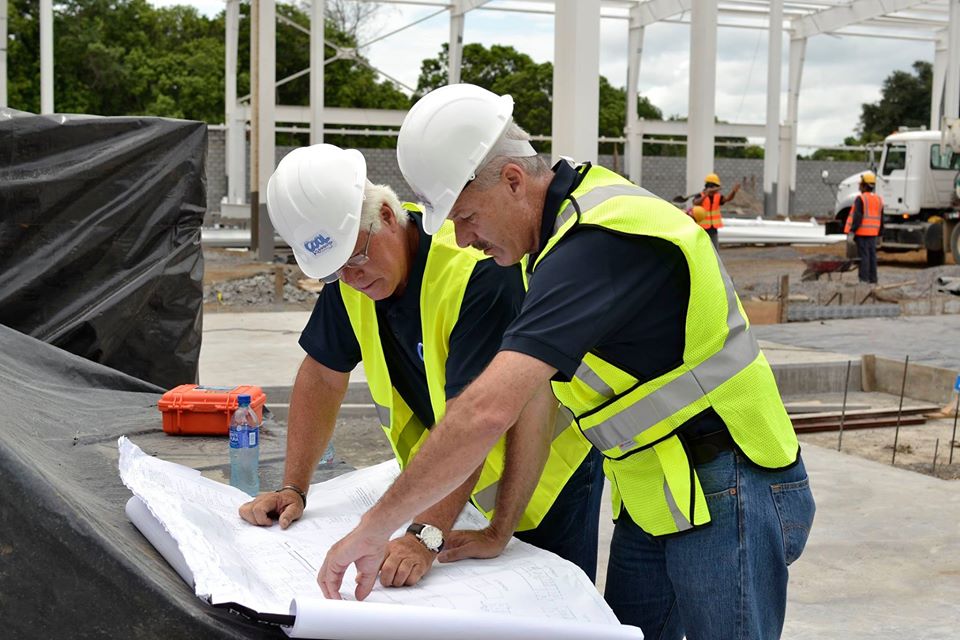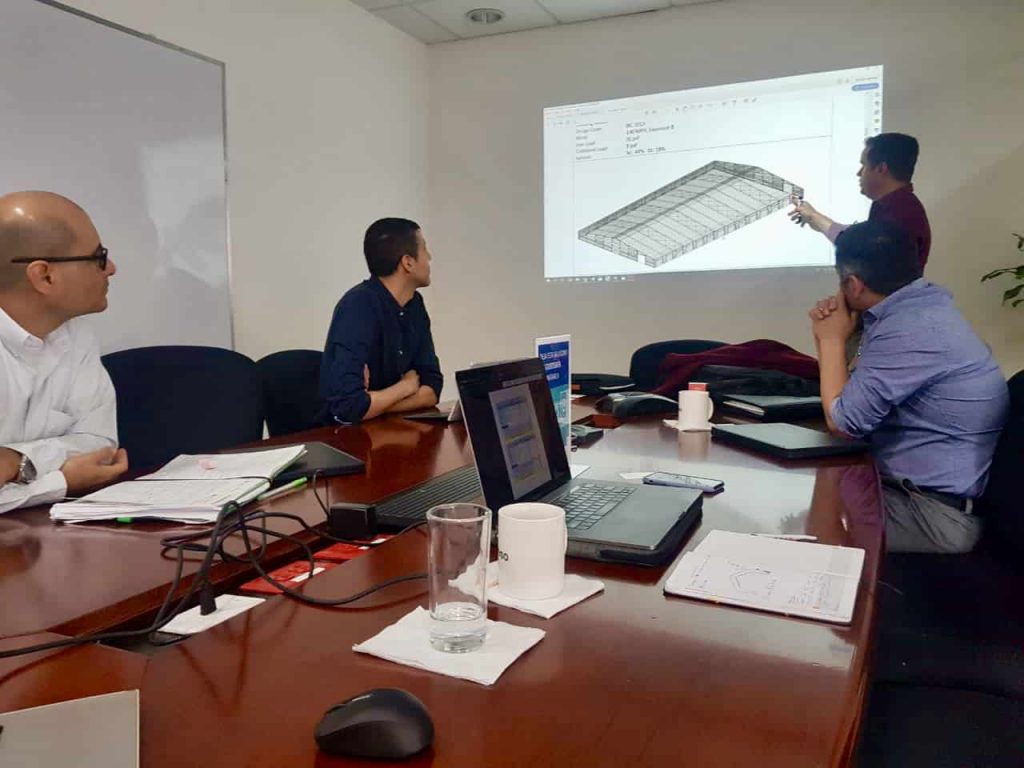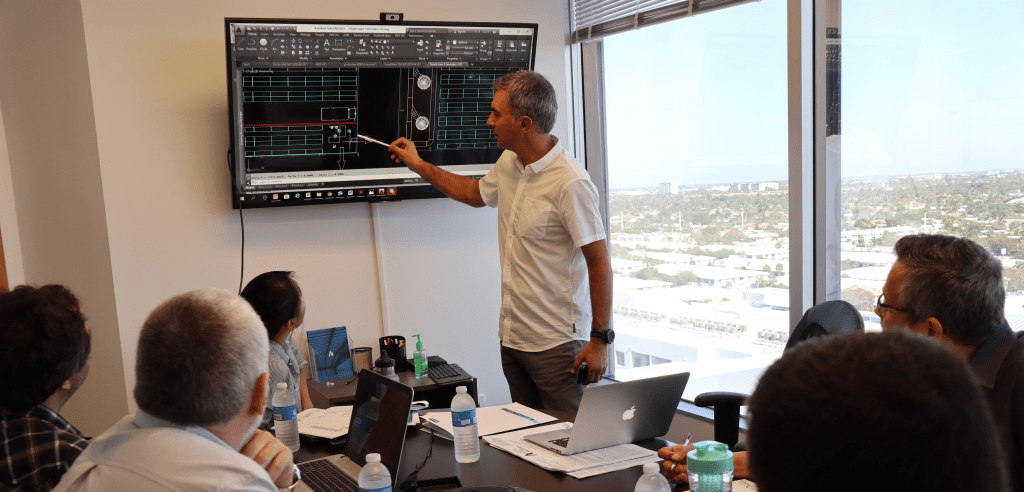‘Value engineering’ is a term that’s honestly been turned into a modern buzz phrase across the entire construction industry. That’s not necessarily a bad thing except that it’s frequently misunderstood.

To understand the term, you need to think about it as one of two possibilities:
- Value can be getting similar engineering for less cost
- Value can be spending just as much but getting more for your money
In this regard, layout can be what determines how much you’re going to get in terms of spending power. Any construction or material project will have its own optimal price point. That’s contingent upon the scope of all the work but also the parameters you need something constructed to.
If you have an expert material supplier you trust, then let them guide you towards that optimal price point. This is by nature value engineering where ‘value’ is what’s emphasized more than anything.
How to Define Value Engineering in Construction

Many individuals, if asked to define the phrase of ‘value engineering’ in just one single word, would probably answer with ‘efficiency’. It’s a good guess, but it’s not totally accurate.
A frequent misunderstanding about value engineering is the assumption that the term means taking a set of parameters that honestly aren’t going to change and then doing the best design possible within those static parameters. The reality is that it’s not just finding the cheapest or lightest ways of making things. That’s called efficient engineering, but it doesn’t qualify as value engineering.
Parameters on any steel buildings can range from flexible to inflexible, and this is the primary difference between basic engineering and value engineering. In the conventional sense of basic engineering, warehouse parameters simply do not change.
On the other hand, change is what value engineering is all about. Value engineering only happens by altering the scope in pursuit of better value.
Scope for Better Value
Value engineering in construction can only offer optimal values to customers who are able to demonstrate flexibility in terms of their project’s stated parameters. You don’t have to shift any of the primary points of your job. For instance, value engineering might involve tweaking things such as:
- Bay spacing
- Paint formulations
- Column depth restrictions
- Bracing types
- Bracing locations
- Deflection criteria
All of these are potential tweaks to the scope, but they’re not complete overhauls. Clients can get their primary needs met while also getting the best possible price they can hope to get. In the cases of metal structures, the roof slope might be changed or interior columns could be dropped if the rafter spans wind up being too big for a particular space. You just need to be open to living with a column where it winds up being.
This is the true power of value engineering. When you adjust requirements to still cover the things you need but with optimal efficiency, and then let the engineers make things as light as they can within the stated scope, that’s value engineering. It’s actually all about project scope more so than the actual engineering.
There is a subtle yet significant difference between design efficiency and tweaking the scope. Consequently, these are both very different things, yet both need to take place if you want to give your clients the best results possible.
To some degree, value engineering involves both a high-caliber, cost-effective design and a front-end layout that considers any potential material limitations. Bringing both aspects together is how you generate the biggest advantages.
Take Advantage of Value Engineering on Your Next Project

To sum up, regardless of your needs, if you are open to slight tweaks to the scope, then you can benefit from value engineering.
If you’d like to learn how Allied Steel Buildings can involve value engineering with your next warehouse project, then please contact them right away.
